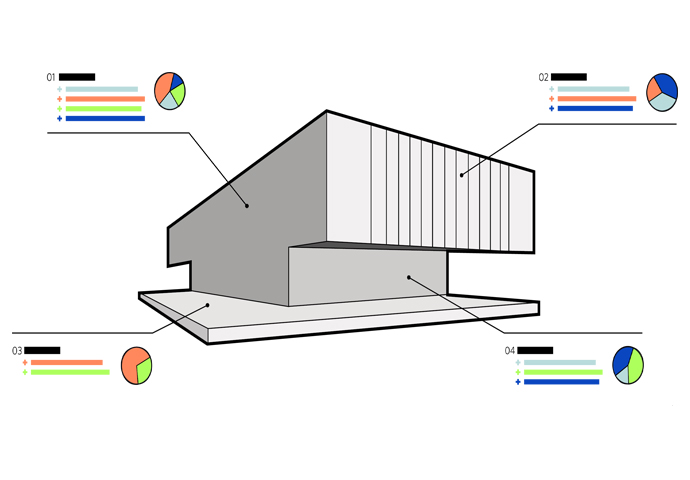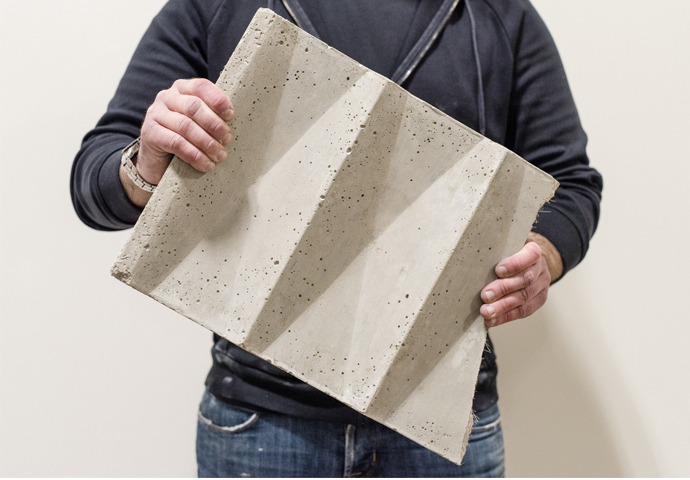BIM-integrated Life Cycle Assessment
KieranTimberlake researcher Ryan Welch presented a paper on BIM-integrated environmental impact assessment at the 29th annual PLEA (Passive and Low Energy Architecture) Conference in Munich. PLEA 2013 brought together architects, engineers, and academic researchers from over 50 countries to present research around the theme of Energiewende (German for "energy transition"), which considers the shift to a low- or zero-carbon economy. Research topics explored a range of scales, from the human body to the urban environment, and examined sustainability through both cultural and technological lenses.
"Quantifying the Embodied Environmental Impact of Building Materials During Design," coauthored by Roderick Bates, Stephanie Carlisle, Billie Faircloth, and Ryan Welch, examines the potential for architects to consider embodied environmental impacts as an integral part of their design process. The paper lays out a methodology for resolving the discrepancy between the abstract representation of materials in BIM and the higher resolution of materials required for Life Cycle Assessment. When combined with life cycle inventory data, this information allows architects to understand and refine their designs through the lens of environmental impact.
While approaches to reducing operational energy are well established within the discipline of architecture, methods for quantifying embodied environmental impacts of building materials have yet to gain traction within the architectural, engineering, construction community due to the difficulty in quantifying building materials and the high cost and limited availability of pertinent life cycle inventory data. Our presentation served as a prescient counterpoint to the operational energy discourse of the conference—and in his closing remarks, Douglas Mulhall posed the quantification of building materials and their impacts as the paramount challenge for next year's PLEA conference.



